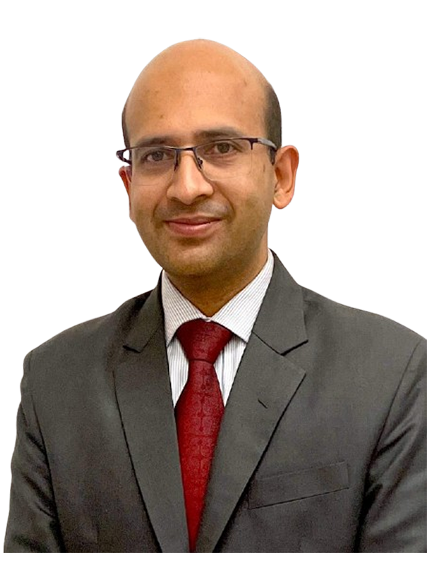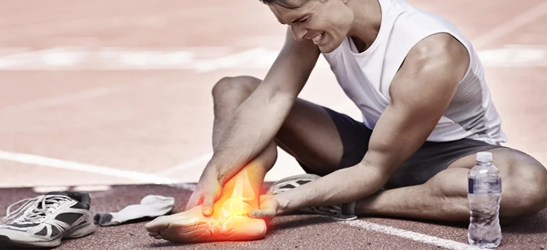Non-surgical management of sports injuries plays a crucial role in the recovery process for many athletes and physically active individuals. This approach focuses on treatments that do not involve surgical intervention, aiming to reduce pain, promote healing, and restore function. This ranges from simple rest and ice, to specialised bio-regenerative modalities that can be used for repair and regeneration of the injured tissues. These methods are particularly suitable for a wide range of sports-related injuries, including mild strains, sprains, tendonitis, and minor fractures.
The key components of non-surgical management for acute sports injuries, in the initial 5 days, are:
R: Rest,
I: Ice,
C: Compression, and,
E: Elevation,
easily remembered by the acronym “RICE”.
In addition to these, the following are additional modalities that are useful in chronic or old injuries:
Bio-Regenerative Medicine Techniques: Treatments such as platelet-rich plasma (PRP) injections, Hyaluronic acid injections and stem cell therapy are emerging as potential options to enhance healing in certain types of sports injuries. You should carefully discuss these with a sports injury specialist doctor to know about their suitability in your particular case, as well as their risks and chances of success.
Physical Therapy: It is a critical component of non-surgical management and requires coordination with a well-experienced team of physiotherapists. Physical therapy involves a range of techniques such as exercises, manual therapy, CPM, and electrotherapy modalities like Laser therapy, ultrasound, electrical stimulation, Short Wave Diathermy (SWD), etc to promote healing, increase range of motion, and strengthen the muscles around the injured area.
Medications: Some medications can be used to manage pain, reduce inflammation and promote tissue healing. However, medication should always be used under the guidance of a healthcare professional to avoid potential side effects.
Bracing or Splinting, and activity modification: In some cases, the use of braces or splints and curtailment of certain activities can provide support and stability to the injured area, allowing it to heal while minimising the risk of additional injury.
The goal of non-surgical management is to effectively treat sports injuries that do not require surgical intervention. The aim is to minimize downtime and maximise the individual’s return to their desired level of activity. It is important for patients to work closely with their sports injury specialist, to develop a tailored treatment plan that addresses their specific needs and injury. Early intervention, adherence to the prescribed treatment plan, and change to surgical plan whenever indicated, are key factors in achieving successful outcomes in the management of sports injuries.


